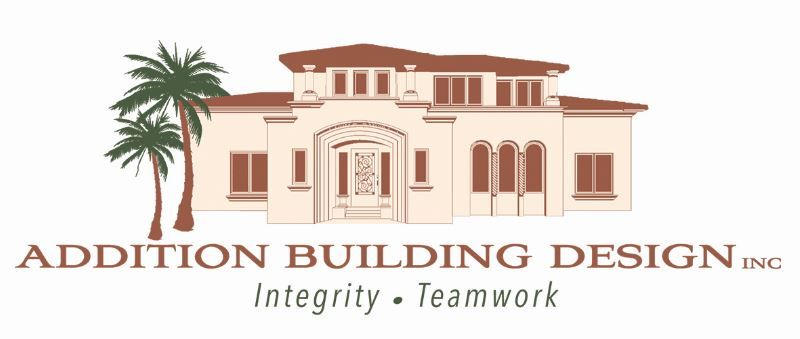The Benefits of the Design-Build Approach Over Traditional Construction

When it comes to starting a new construction or renovation project, the choice of approach can significantly impact the outcome in terms of cost, timeline, and quality. Two primary methods dominate the construction industry: the traditional design-bid-build model and the increasingly popular design-build approach. While both methods have their merits, design-build offers numerous advantages that make it a smarter, more efficient choice for many clients. Here’s why the design-build approach can be a game-changer for your next project.
1. Time Savings
One of the most compelling reasons to choose design-build is the time it can save. In the traditional method, the process is broken down into separate phases: you hire a designer or architect, complete the design, bid the project out to contractors, and then begin construction. Each of these steps takes time, and delays are common as the project transitions from one phase to the next.
In contrast, design-build combines design and construction into a single, integrated process. Designers and contractors work collaboratively from the start, allowing construction to begin even while some design elements are still being finalized. This overlap can shave weeks or even months off your project timeline, as there’s no lag between phases. In fact, according to industry studies, design-build projects can be completed up to 33% faster than traditional projects.
2. Cost Control and Transparency
One of the biggest challenges in construction is staying within budget, and the traditional model often makes this difficult. In a design-bid-build project, the designer creates plans with little input from the contractor, which can lead to a design that’s over budget when it’s time to bid the project out. This misalignment frequently results in change orders—modifications to the scope of work—that increase costs and extend timelines.
With design-build, the designer and contractor work together from day one. The contractor can provide real-time input on costs during the design process, ensuring that the project stays within your budget. Since design and construction are handled under one contract, there’s less risk of unforeseen expenses, and you have a clearer understanding of what your total costs will be from the outset. Additionally, design-build firms often offer fixed-price contracts, further minimizing the chance of cost overruns.
3. Streamlined Communication
Traditional construction projects involve multiple parties: designers, contractors, subcontractors, and possibly more. Each entity operates independently, and miscommunications can easily occur as information passes through multiple hands. This can lead to delays, errors, and even disputes, particularly when things don’t go as planned.
The design-build method eliminates these silos by uniting designers and builders under a single contract and team. This results in a more seamless flow of communication, with one point of contact for the client throughout the project. With a unified team, any issues that arise can be resolved quickly and efficiently, reducing the risk of miscommunication and keeping the project on track. Clients benefit from having one cohesive team that is equally invested in the success of the project.
4. Increased Accountability
In the traditional design-bid-build approach, accountability is divided. The designer is responsible for the plans, while the contractor is responsible for executing them. This can lead to finger-pointing when problems arise—whether it’s a design flaw or an unexpected construction challenge, each party can shift blame to the other.
Design-build offers a single point of accountability. The design-build firm is responsible for every aspect of the project, from initial concepts to final construction. If an issue arises, they are obligated to fix it, ensuring that the client doesn’t get caught in the middle of a dispute. This increased accountability often leads to higher quality work and a smoother project experience.
5. Collaborative Innovation
The design-build process fosters a collaborative environment where designers and builders work together to find creative solutions. This collaboration often results in more innovative designs and construction techniques that wouldn’t emerge in a more segmented approach. Contractors bring their practical knowledge to the table early in the process, which can inform better design choices that are more functional and cost-effective.
Additionally, clients are more involved in the design-build process, working closely with the unified team to make decisions as the project progresses. This partnership helps ensure the end result aligns with the client’s vision while being feasible within the project’s constraints.
6. Improved Risk Management
Every construction project carries some level of risk, from design discrepancies to unforeseen site conditions. In a traditional project, the risks are spread across multiple parties, often leading to disputes over responsibility when something goes wrong. In the design-build model, the unified team manages all the risks associated with the project, from design flaws to construction errors. This single-source responsibility simplifies conflict resolution and gives clients peace of mind knowing that their project is being handled comprehensively by one team.
7. Enhanced Quality Control
Because the design and construction teams work together from the outset, design-build projects often result in higher-quality outcomes. The collaborative nature of the process ensures that the design is practical, buildable, and aligned with real-world construction techniques. Contractors can suggest modifications during the design phase to improve constructability, resulting in fewer issues during construction. This leads to fewer compromises on the design, better craftsmanship, and a higher-quality final product.
The design-build approach offers numerous benefits for clients, from faster project timelines to better cost control, streamlined communication, and increased accountability. By consolidating design and construction under one roof, clients can enjoy a smoother, more efficient, and more collaborative process. Whether you’re planning a small renovation or a large-scale construction project, choosing a design-build firm can be the key to a successful outcome that’s on time, on budget, and aligned with your vision.
Consider the design-build method for your next project—it’s a smart, modern approach that delivers results.

